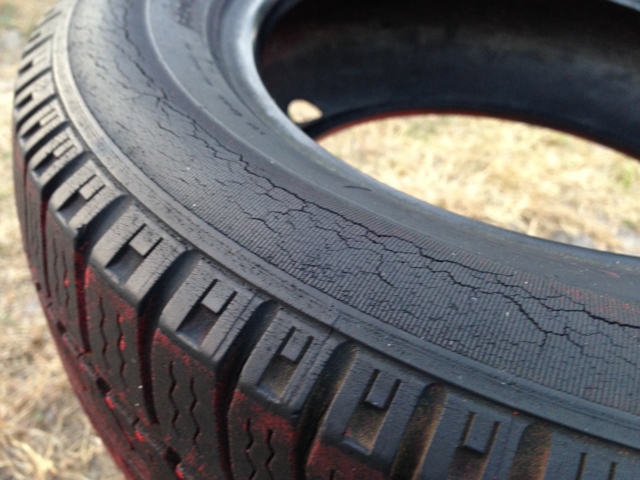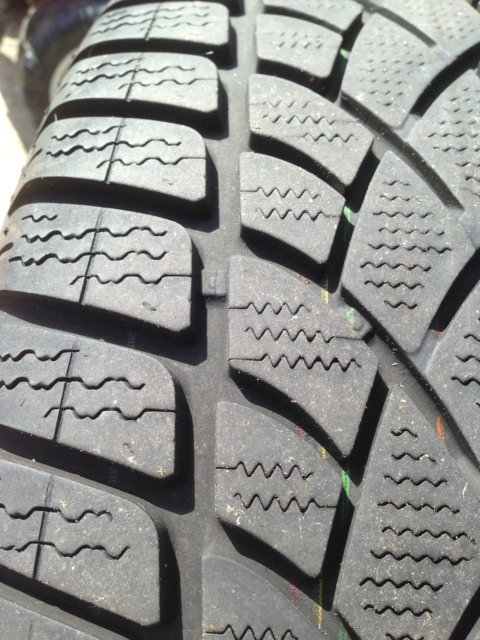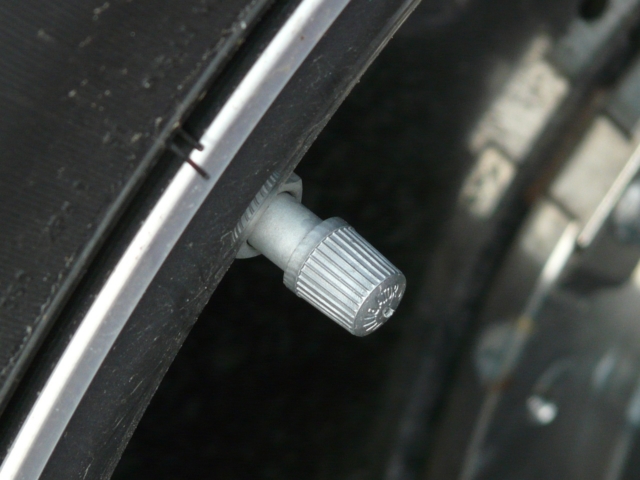Our tow truck company encounters many customers who develop car tyre problems because they do not maintain their car tyres properly. Healthy car tyres are imperfective for ensuring a smooth, comfortable, and safe car ride for you and your passengers. Failure to maintain your car tyres could result in driving instability, poor gas efficiency, and difficulty controlling the vehicle on slippery or uneven surfaces.
First, what is the definition of a healthy car tyre? Here are the top four attributes of a healthy car tyre:
- The tyres must comply with Australian Tyre Safety Standards
- The tyres must have the proper tyre pressure
- The tyres must have strong, thick treads no less than 1.6mm
- The tyres must be balanced
You would be surprised how many motorists fail to regularly check their tyre treads and maintain balanced tyres with the proper tyre pressure. These easy maintenance tasks do not even cost much money or time to perform, yet people continue to neglect them. The failure to perform these tasks will cost more time and money if the tyre treads wear out too quickly.
Let us explore the best ways to keep your tyres viable for as long as possible.

Inspect the Tyre Treads
The tyre treads are responsible for gripping the road or ground surface firmly and safely to provide better traction when driving your vehicle. All those weird patterns you see in the tyre treads are meant to displace water and prevent the tyres from slipping.
Tyre treads need the proper depth to grip the road and adequately displace water. Unfortunately, tyre treads slowly wear down each time you drive your vehicle. The wear and tear on the tyre treads will cause them to lose more depth with each passing year. If the tyre tread depth gets too low, the tyre treads will not perform well on the road. Then, your tyres will have less traction, making driving more difficult.
Regularly inspect your car’s tyre treads to ensure they have enough depth to perform safely. Australian Tyre Safety Standards require all vehicles to have tyre treads with depths of at least 1.6mm or more. But we do not recommend you wait until the depths get down to 1.6mm before replacing your tyres. Instead, we recommend replacing your tyres after the tread depths reach about 3mm. That will give you enough time to drive your car safely to the auto shop for a tyre replacement without worrying about traction issues on the road.
How to Measure the Tyre Tread Depth
We recommend taking your vehicle to a professional auto mechanic or tyre shop to measure the tyre tread depth. They have sophisticated tyre tread measuring tools for a more accurate tread depth measurement. But if you want a “DIY option” for measuring your tyre tread depth, place a 10c coin in the groove of your tyre tread. If the tyre tread groove does not conceal the coin’s outer band, the tread depth is too low and not within the legal limit.

Wear Indicator Bars
Modern car tyres are designed and moulded with wear indicator bars. When the depth of the tyre treads gets too low, the wear indicator bars will reveal themselves inside the grooves and patterns of the tyre treads. The bars are supposed to indicate that your tyre treads are no longer safe for driving.
Maintain The Proper Tyre Pressure
Car tyres must have the proper air pressure to move comfortably and safely on the road. If your car tyres have too much or too little air pressure, it could wear down the treads faster and cause unsafe driving conditions for yourself and your passengers.
Most newer cars have built-in air pressure sensors to detect when the air pressure is too low in your tyres. However, these sensors are often inaccurate, so do not solely depend on them for maintaining your tyre pressure. Instead, it would be better to use a tyre gauge or mobile air compressor unit to check the tyre pressure once a month.
Tyre air pressure is measured in PSI (pounds per square inch). The side of your car tyres should tell you the recommended amount of PSI needed for them. For most standard cars, the recommended tyre pressure is between 30 to 40 PSI. But check the moulded writing on the side of your tyres to verify the exact PSI recommendation for them.
If the air pressure is too high or low in your car tyres, use a mobile air compressor unit or gas station air compressor to remove or add air to your tyres. Use the tyre gauge to keep testing the PSI of your tyres until it is at the right amount of pressure.

Get Wheel Alignments and Tyre Rotations Periodically
Car tyres may slowly shift out of balance and become misaligned as you drive with them over time. The reasons for misaligned tyres may include driving over potholes, debris, sidewalk curbs, and other objects on the road. Misalignment can also cause your tyre tread depths to wear down faster than usual.
Unbalanced and misaligned tyres can lead to poor traction, rough riding, and increased driving vibrations. You may even find the car pulling to the left or right side of the road without steering in that direction. Ultimately, you will find it more challenging to navigate the wheel, resulting in unsafe driving conditions for you, your passengers, and everyone else near you.
We recommend taking your vehicle to an auto shop to maintain the alignment of your four tyres. You should also request a tyre rotation to switch your rear tyres with your front tyres and vice versa because the front tyres always wear faster than the rear tyres. So, by rotating the tyres periodically, you can help distribute the wear to the tyres more evenly.
Most auto mechanics and manufacturers recommend rotating and balancing your car tyres every 10,000 kilometres travelled. Read the owner’s manual of your vehicle to see if your car’s manufacturer recommends a different amount.